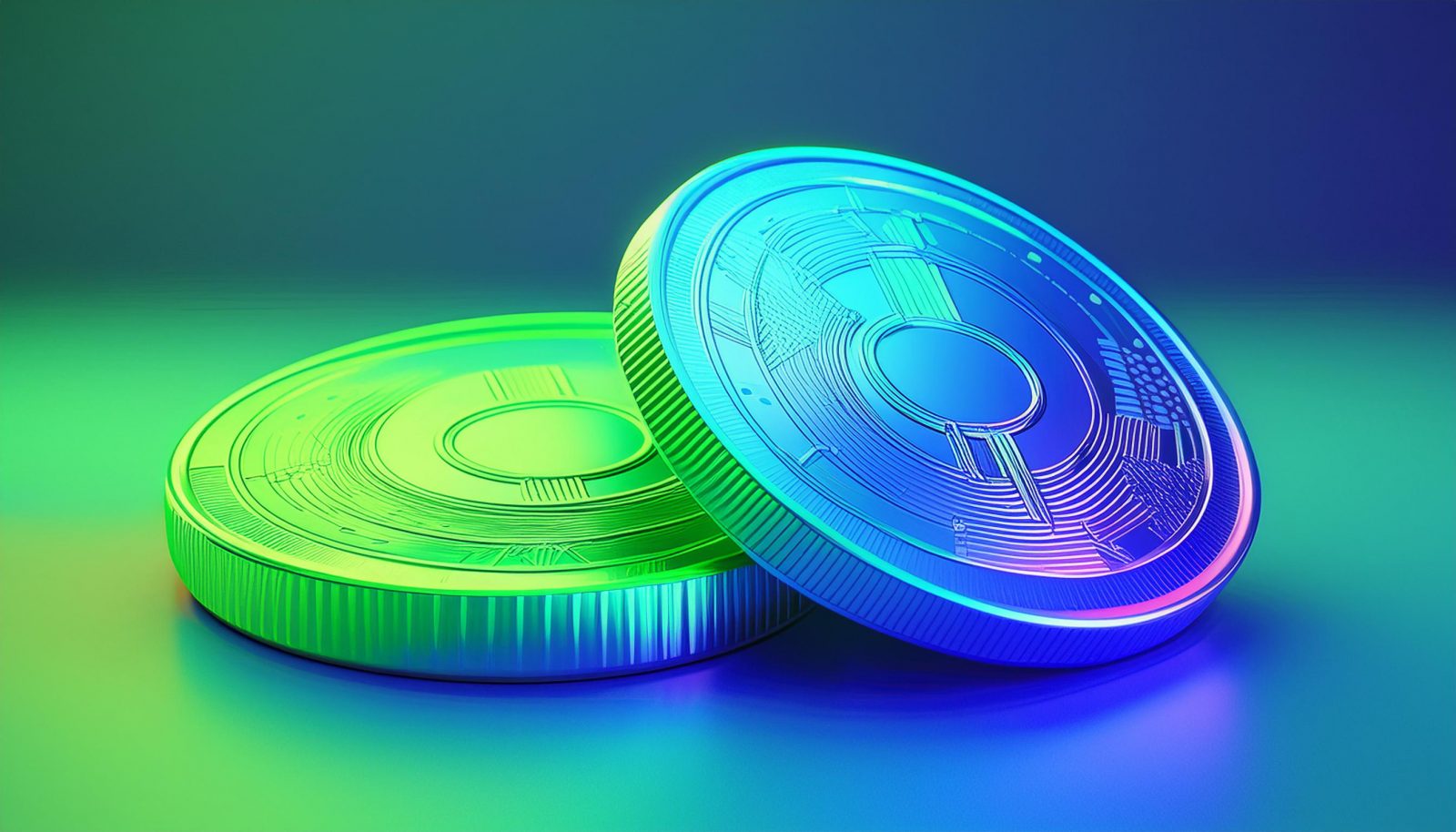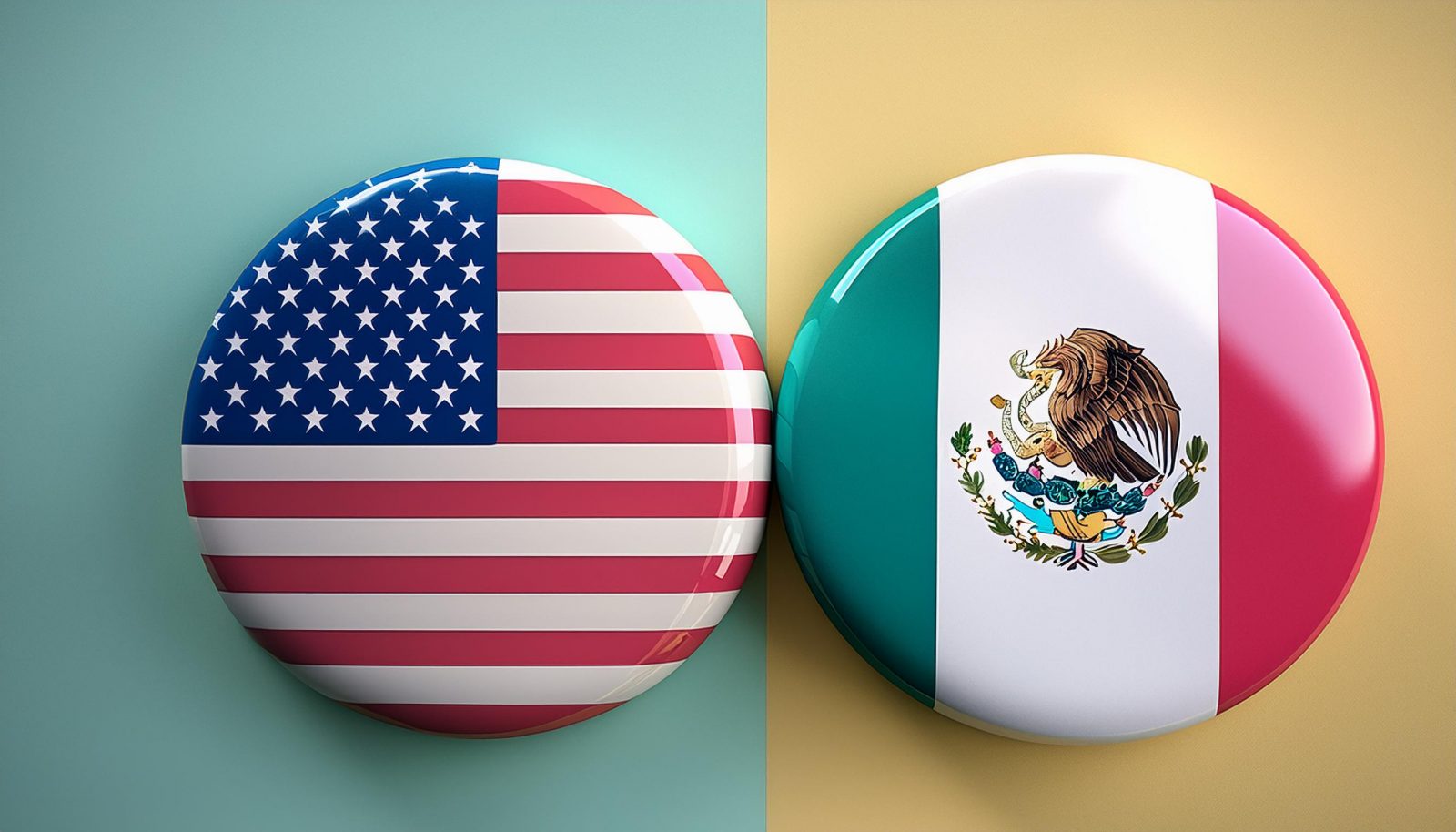In the volatile world of cryptocurrency, stablecoins have emerged as a crucial bridge between digital currencies’ rapid innovation and traditional fiat money’s stability. Designed to combine the best of both worlds, stablecoins offer cryptocurrency transactions instant processing and security and the stable value of government-issued currencies.
- Highlights the role of stablecoins as intermediaries between the innovation of cryptocurrencies and the stability of fiat currencies, explaining their importance in reducing market volatility.
- Discusses how stablecoins maintain their value by being pegged to more stable assets.
- Explores how stablecoins enhance the usability of cryptocurrencies, particularly within decentralised finance (DeFi) platforms, facilitating more predictable transactions and financial planning.
What is stablecoin?
Stablecoins are a distinctive class of digital currency in the cryptocurrency market, bridging the gap between the innovative nature of cryptocurrencies and the reliability of traditional fiat currencies. Unlike typical cryptocurrencies, whose values can fluctuate wildly, stablecoins aim to maintain a steady value by being pegged to stable assets like the USD or EUR.
While they operate in the same ecosystems that include a variety of cryptocurrencies such as Cardano (ADA), Solana (SOL), and Celestia (TIA), stablecoins stand out by offering a more stable investment and transaction medium. This stability makes them particularly useful for daily transactions, protecting against market volatility.
The mechanism of stablecoins
Stablecoins serve as a vital bridge in the cryptocurrency ecosystem, offering a more predictable alternative to traditional altcoins. By anchoring their value to less volatile assets, they allow users to enjoy the benefits of digital currencies—such as speed and security—without the typical price unpredictability associated with altcoins.
How stablecoins maintain stability
Stablecoins achieve stability by being pegged to stable assets like fiat currencies (USD, EUR, etc.), commodities (gold, silver), or other cryptocurrencies. The most common approach is the fiat-collateralized stablecoin, where each stablecoin unit is backed by an equivalent amount of traditional currency held in reserve. This direct linkage ensures stablecoins can be exchanged at a 1:1 ratio with the fiat currency, maintaining a stable value over time.
Types of stablecoins
Beyond the fiat-collateralized stablecoins, there are also crypto-collateralized and algorithmic stablecoins. Other cryptocurrencies back crypto-collateralized stablecoins, while algorithmic stablecoins rely on a software algorithm to maintain their peg to a stable asset. Each type offers different stability, risk, and complexity levels, catering to varied user preferences and market needs.
Best stablecoins features
The best stablecoins provide unparalleled stability in the highly volatile cryptocurrency market, setting them apart as a preferred choice for users seeking reliability for their transactions and investments. This inherent stability positions the best stablecoins as essential instruments for facilitating daily transactions and as a safe haven for investors during periods of significant market fluctuations.
Stability in a volatile market
The primary advantage of stablecoins is their ability to offer stability in the otherwise highly volatile cryptocurrency market. This makes them an ideal choice for everyday transaction remittances and a haven for crypto investors looking to escape market turbulence without converting to fiat currency.
Enhancing crypto usability
Stablecoins facilitate the more excellent usability of cryptocurrencies by enabling more predictable financial planning and transactions. They serve as a vital tool in decentralised finance (DeFi) platforms, which can be used for lending, borrowing, and earning interest without the unpredictability of traditional cryptocurrencies.
Considerations and challenges
Regulatory and compliance issues
As stablecoins grow in popularity, they increasingly attract the attention of regulatory bodies concerned about financial stability, money laundering, and the potential for bypassing traditional banking systems. Navigating the evolving regulatory landscape is a significant challenge for stablecoin issuers and users, requiring ongoing compliance and adaptation to legal frameworks.
The debate over centralization
While stablecoins offer numerous benefits, they also raise questions about centralisation, especially those that are fiat-collateralized. The need for central reserves and compliance with regulatory standards can lead to a concentration of control, somewhat contradicting the decentralised ethos of the broader cryptocurrency movement.
Conclusion
Stablecoins represent a significant innovation in the cryptocurrency space, offering a bridge between the traditional financial system and the new world of digital currencies. By providing stability, they make cryptocurrencies more practical for everyday transactions and play a pivotal role in developing the DeFi ecosystem. However, the journey of stablecoins has challenges, including regulatory scrutiny and debates over-centralization. For those progressing from a basic to an intermediate understanding, grasping the nuances of stablecoins is essential for effectively navigating the complexities of the crypto market.





















































